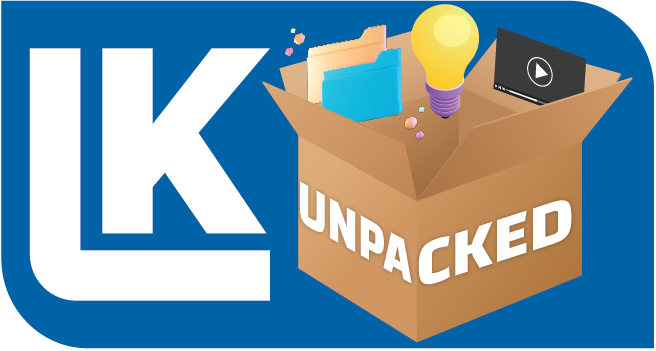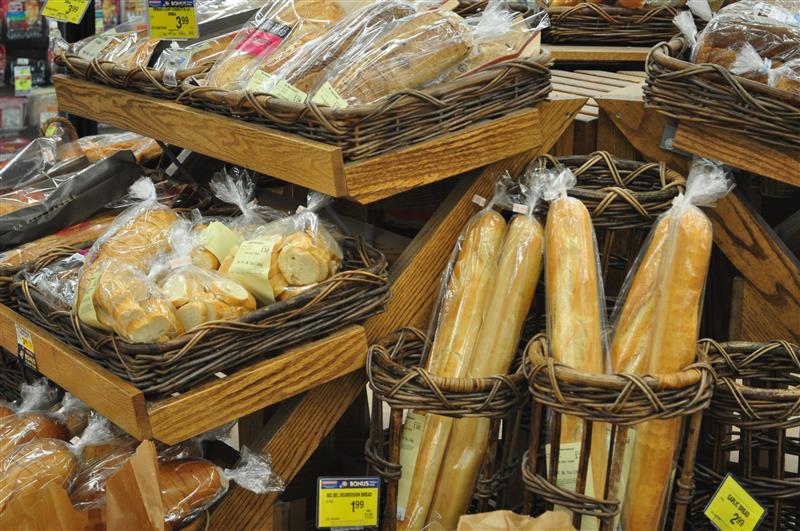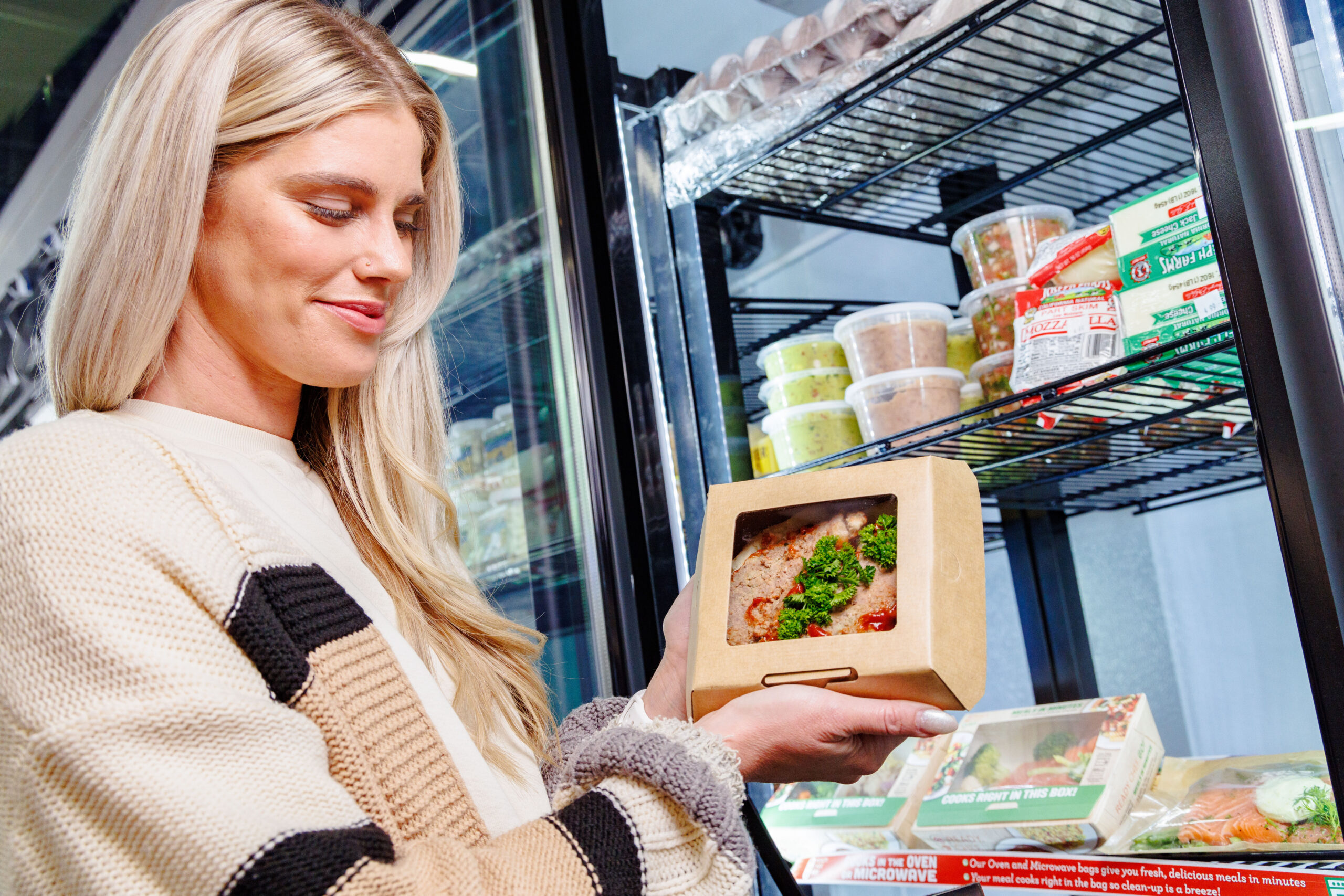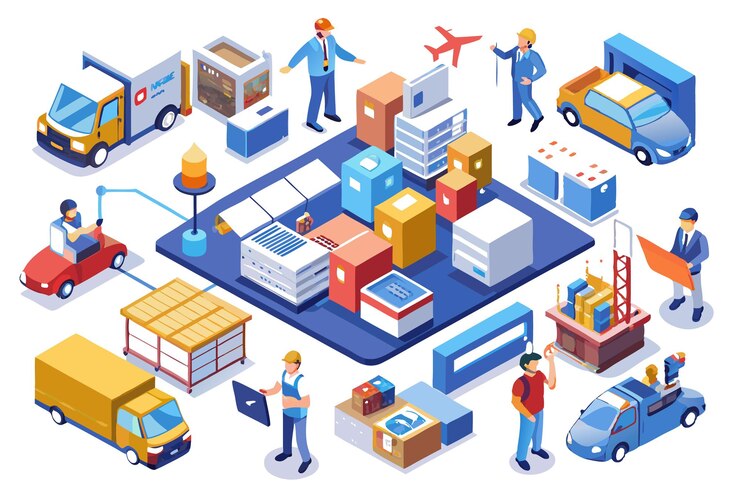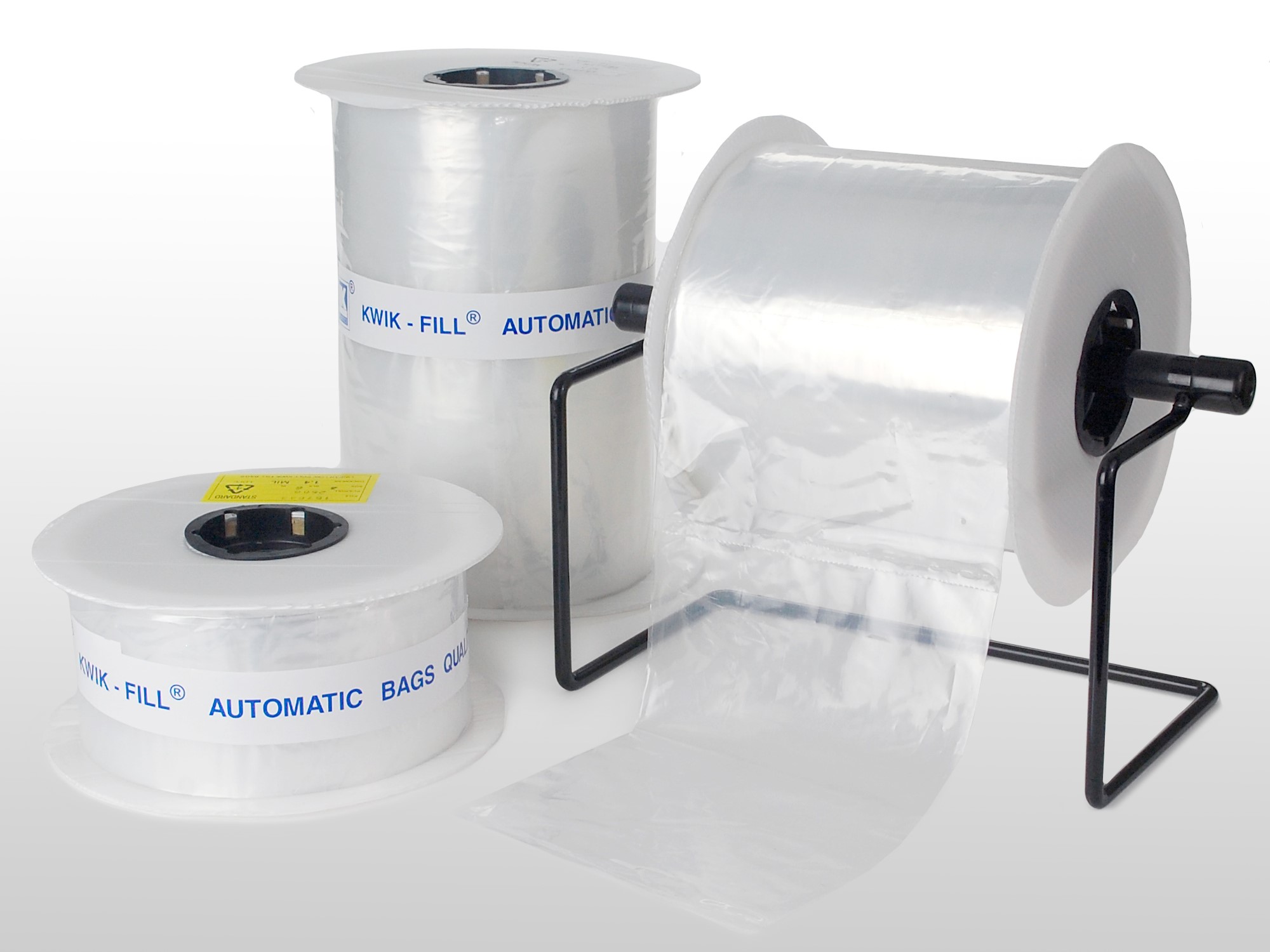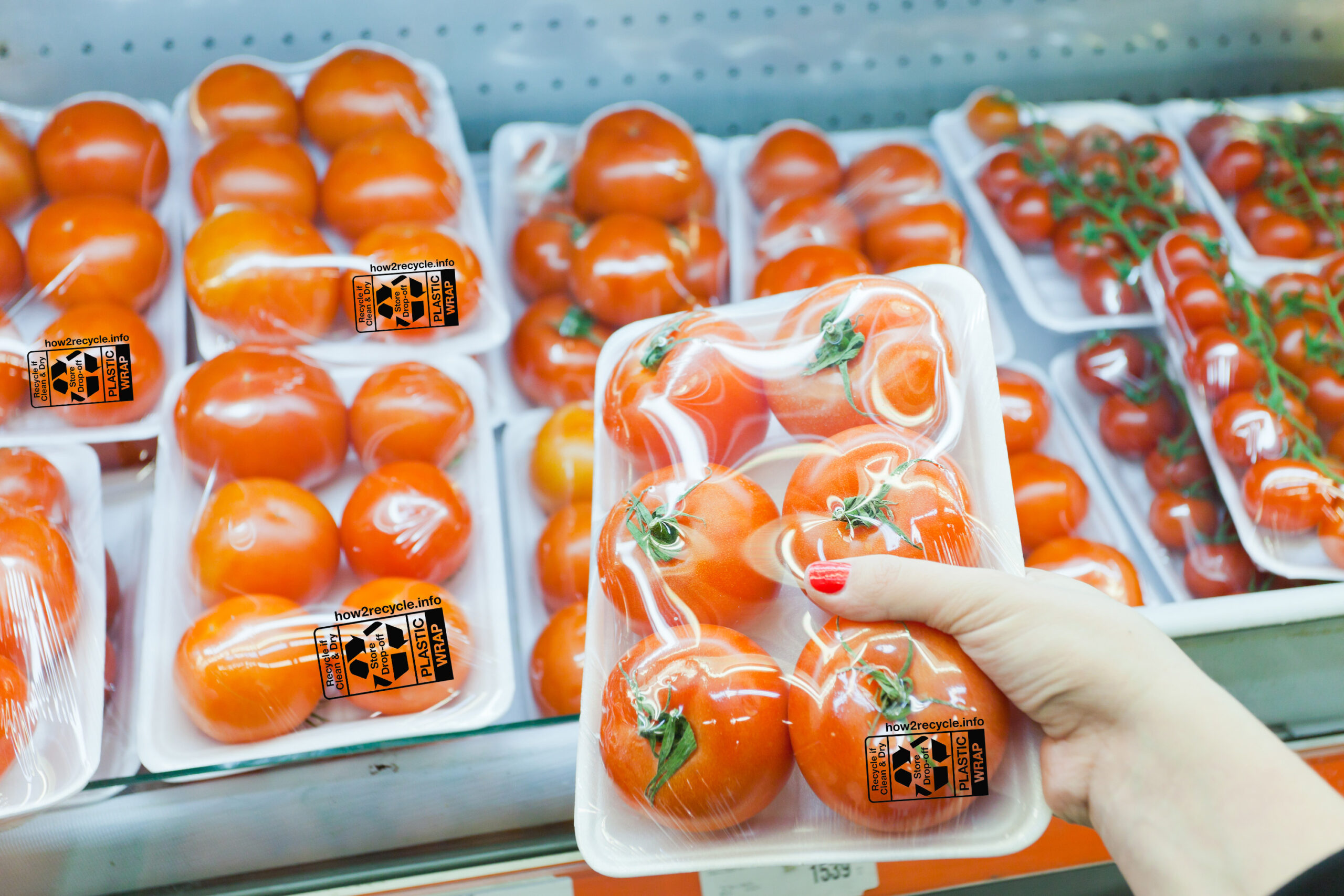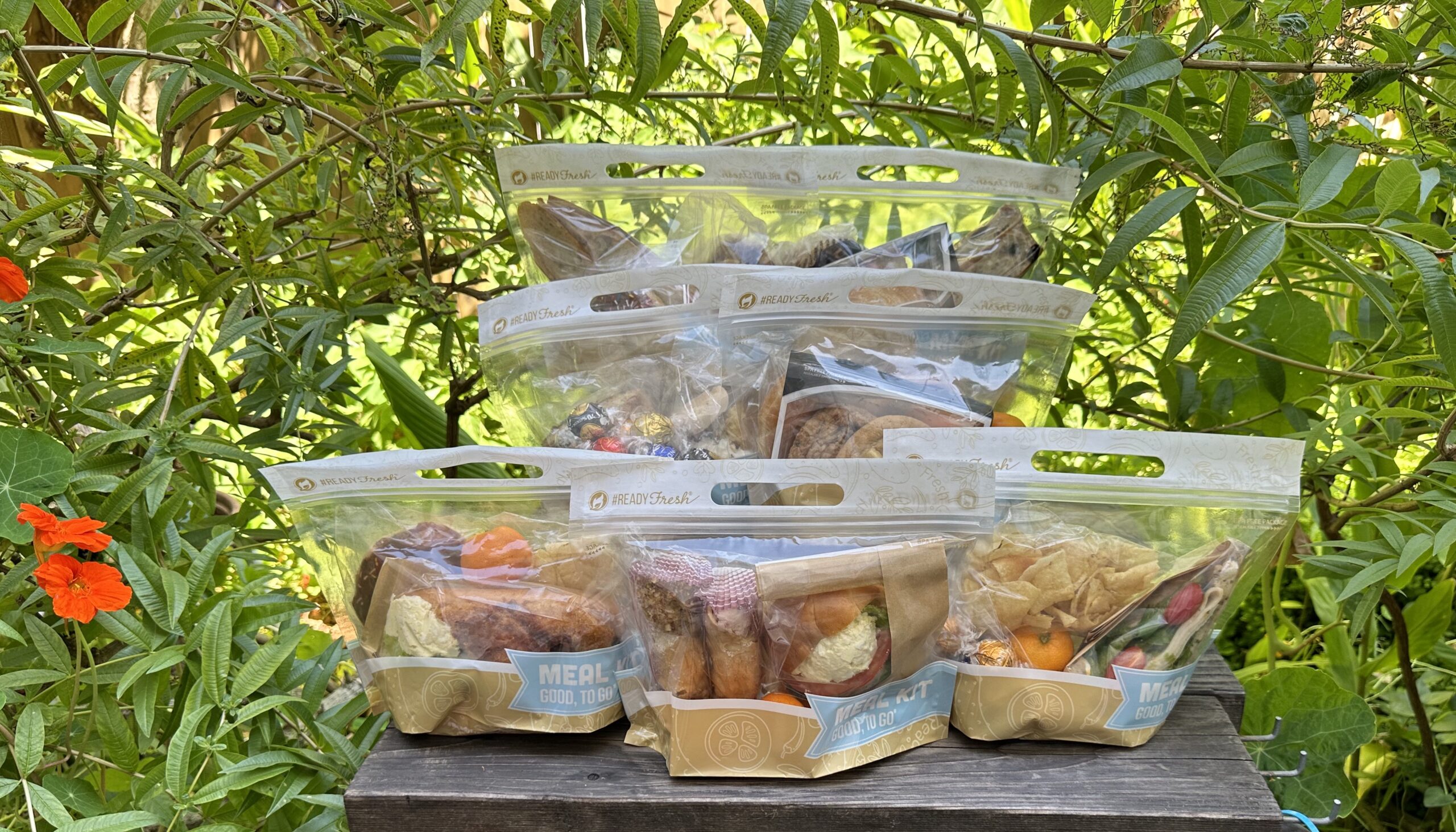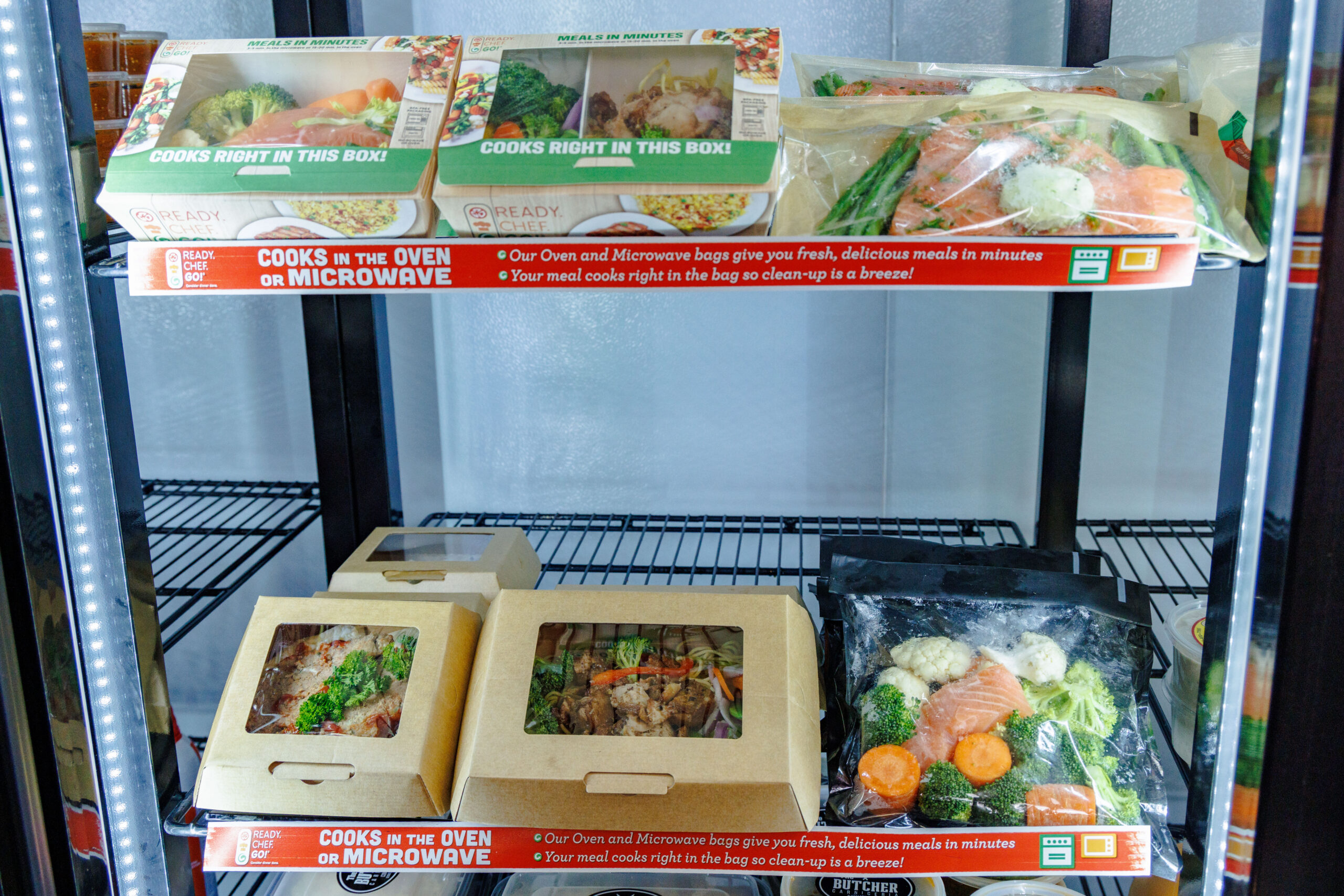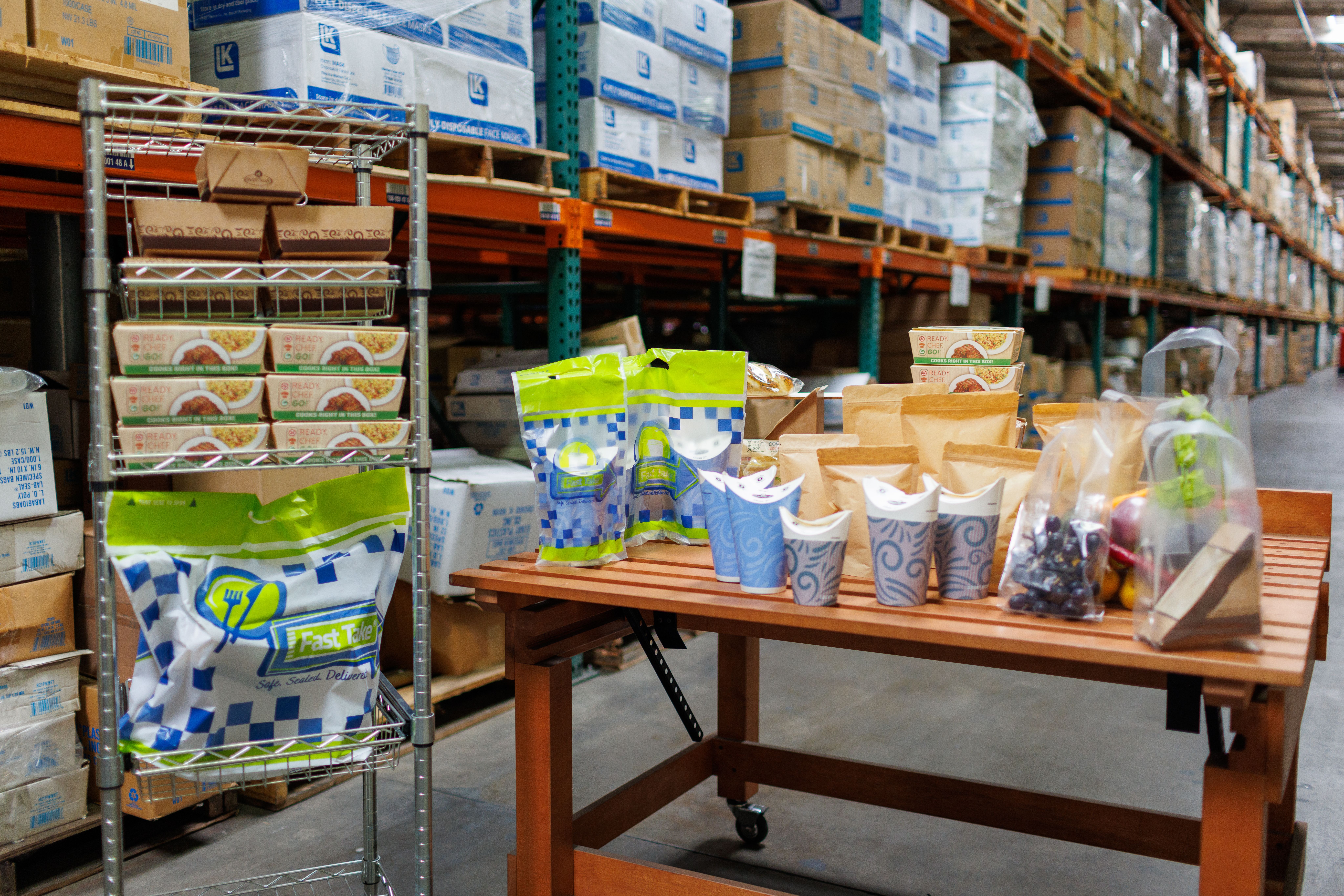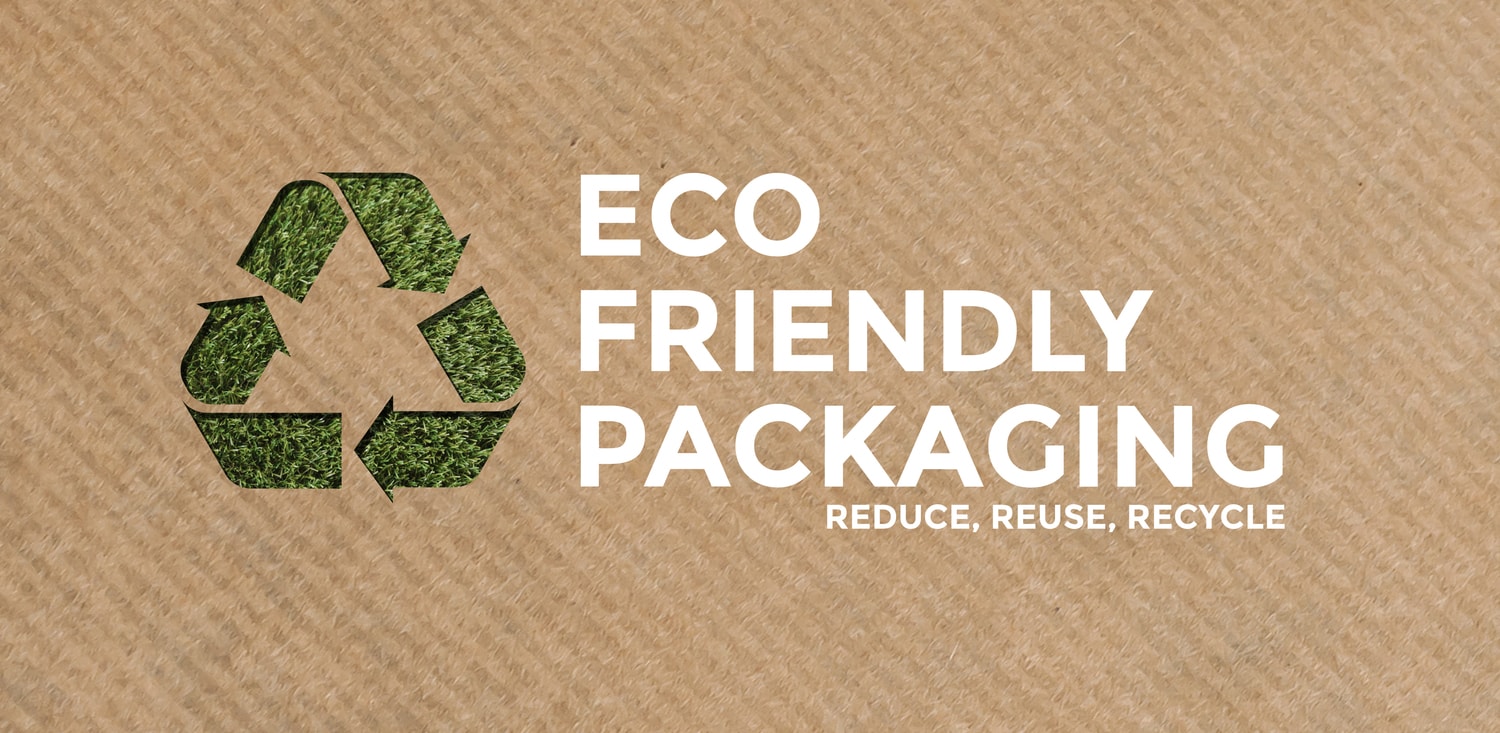The food packaging industry continues to evolve as consumer preferences, sustainability goals, and technological advancements shape the way products are packaged and presented. In 2025, several key trends are set to redefine how brands approach food packaging, balancing functionality, sustainability, and aesthetics.
1. Sustainable Materials Take Center Stage
As environmental concerns intensify, there is a growing demand for packaging solutions that reduce waste and environmental impact. In 2025, the use of biodegradable, compostable, and recyclable materials is expected to soar. Brands are increasingly turning to plant-based plastics, mushroom packaging, and even seaweed-derived materials to replace traditional plastic packaging. The goal is not only to reduce carbon footprints but also to meet the demands of eco-conscious consumers.
2. Minimalist and Transparent Designs
As consumers become more discerning about the products they purchase, packaging design is becoming a critical aspect of branding. As we enter March, we’ve noticed there has been a rise in minimalist packaging, focusing on simplicity and elegance. Clean lines, muted colors, and clear labeling will dominate, as brands aim to communicate transparency and trustworthiness. Additionally, packaging will play a more prominent role in storytelling, with designs that reflect a brand’s values, history, or commitment to sustainability.
3. Smart Packaging Integration
Technology continues to play a significant role in the food packaging industry. This year, smart packaging is poised to become mainstream. These packages will feature built-in sensors that can track freshness, monitor temperature, or even provide real-time data on the product’s journey from manufacturer to consumer. QR codes and augmented reality (AR) can offer consumers interactive experiences, providing detailed product information, recipes, and sustainability credentials directly from the packaging.
4. Grab-and-Go Convenience
Packaging will become more portable and efficient, with containers designed for single servings or quick access. With the continued growth of on-the-go lifestyles, grab-and-go packaging solutions remain essential. Flexible pouches, stackable cups, and resealable packs will allow consumers to easily consume their meals while on the move. At the same time, grab-and-go products will increasingly cater to health-conscious consumers, offering a variety of ready-to-eat options like salads, sandwiches, and snacks, with an emphasis on customization and dietary preferences.
5. Extended Shelf Life Solutions
As part of the focus on reducing waste, packaging solutions will incorporate active technologies such as moisture regulators, oxygen scavengers, and modified atmosphere packaging (MAP). These technologies will help extend the shelf life of perishable foods, maintaining freshness and quality even after extended periods of storage. Additionally, natural preservatives and antimicrobial coatings will gain traction, offering an eco-friendly alternative to traditional methods of food preservation.
6. Customization and Personalization
Personalization in packaging is increasingly popular, allowing brands to offer unique consumer experiences. In 2025, the rise of digital printing technology will make it easier for brands to create limited-edition packaging or offer customized designs that resonate with individual consumers. Packaging may also evolve to allow for more personal touches, such as messages or designs that appeal to a specific demographic or local market.
7. Plastic Reduction Commitments
A shift toward a circular economy is reshaping food packaging, where the focus is on reusability and closing the loop on product life cycles. Brands are expected to introduce refillable packaging solutions, encouraging consumers to reuse containers and reduce waste. Packaging systems that promote this “reuse and return” model will grow, alongside incentivized recycling programs that encourage responsible disposal and collection.
Looking Ahead
As the food packaging landscape continues to shift, the intersection of sustainability, technology, and convenience will drive innovation. Brands that embrace these trends will not only meet consumer expectations but also contribute to a more responsible and forward-thinking industry.
Stay ahead of the curve by exploring packaging solutions that align with these 2025 trends — from eco-friendly materials to smart technology integration — and set your products apart in a competitive market.
